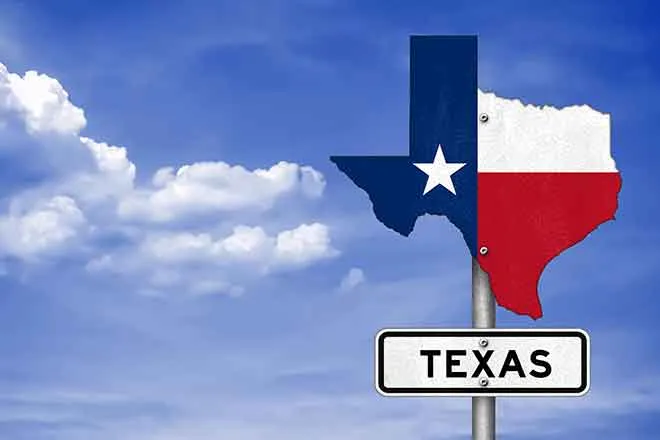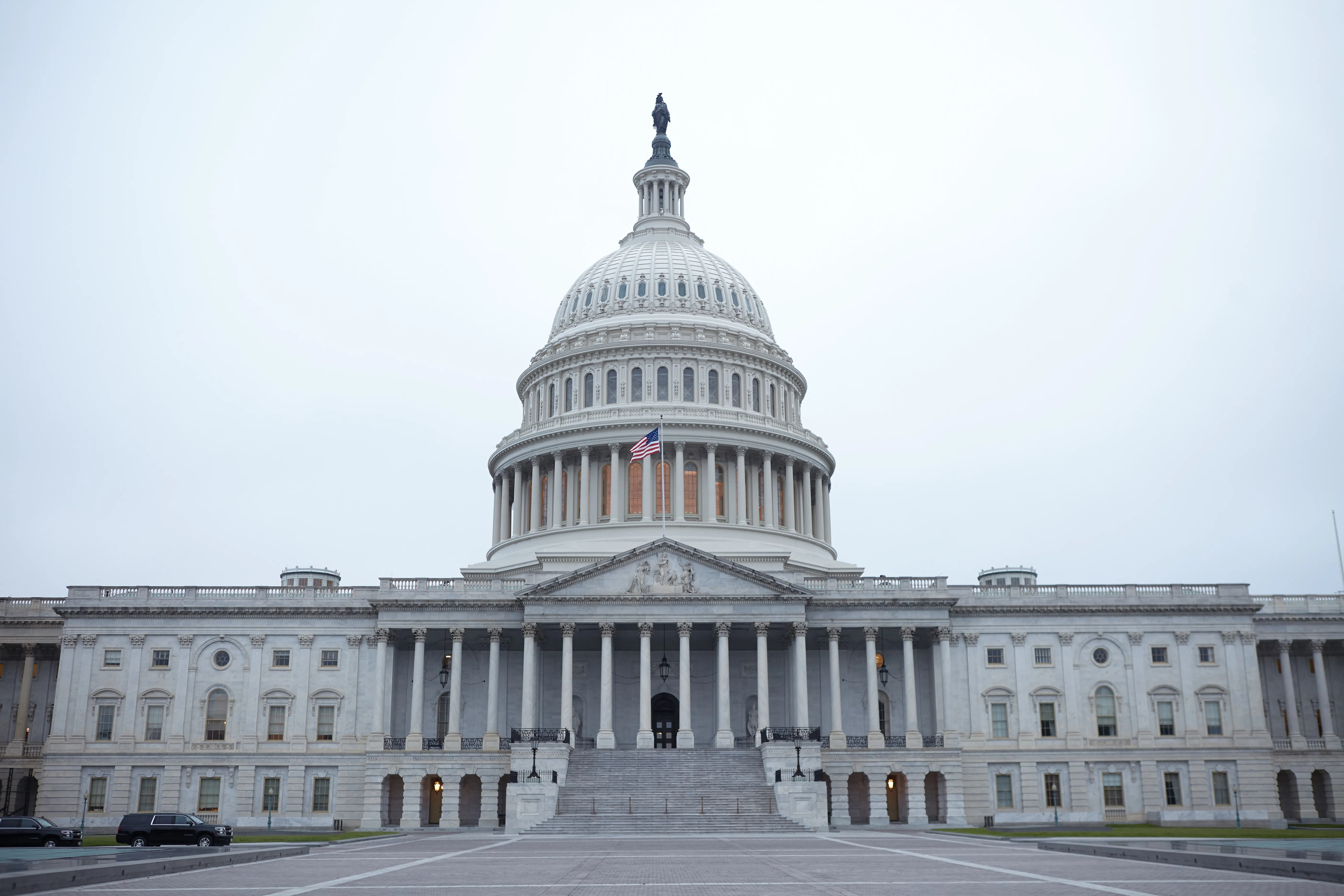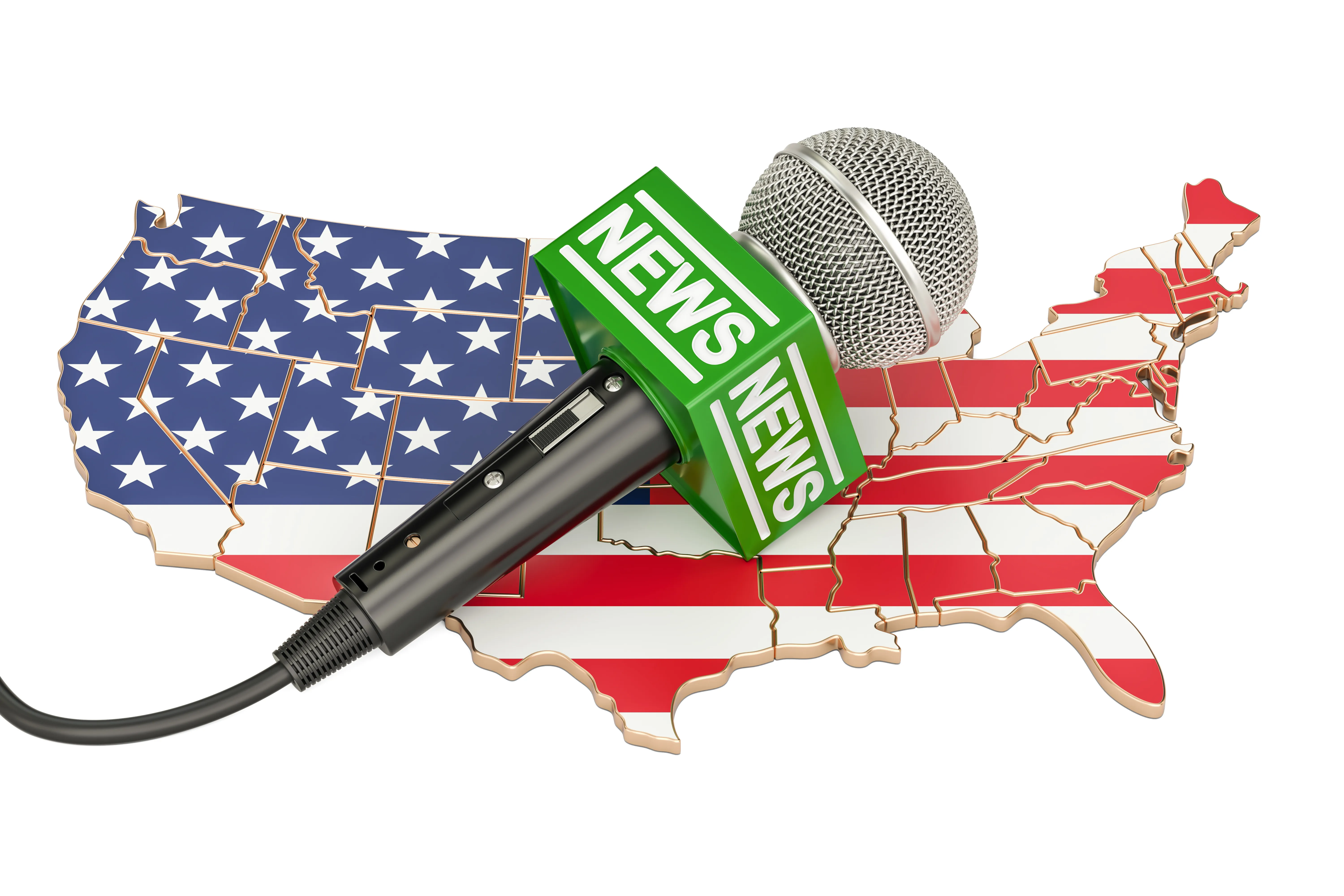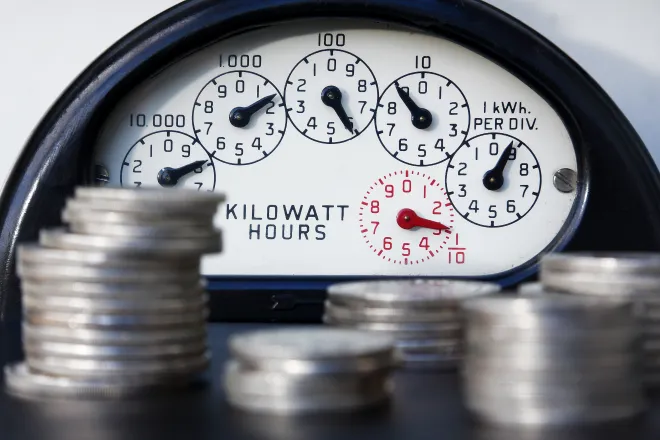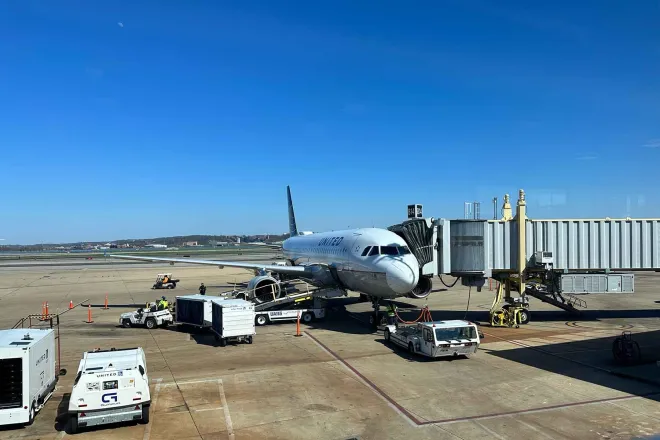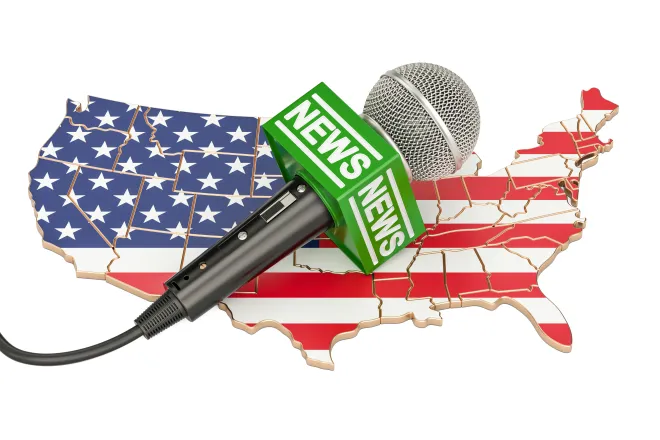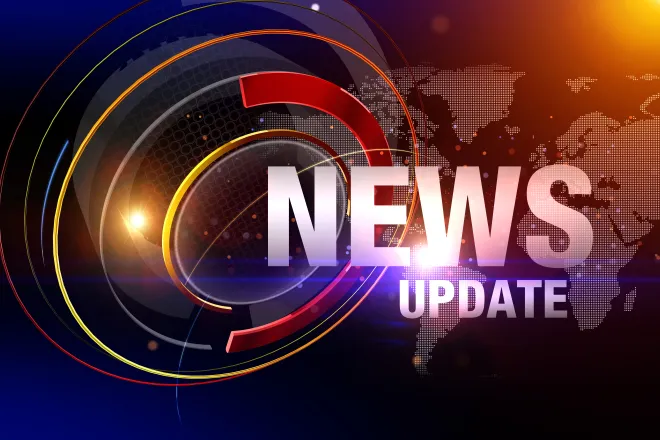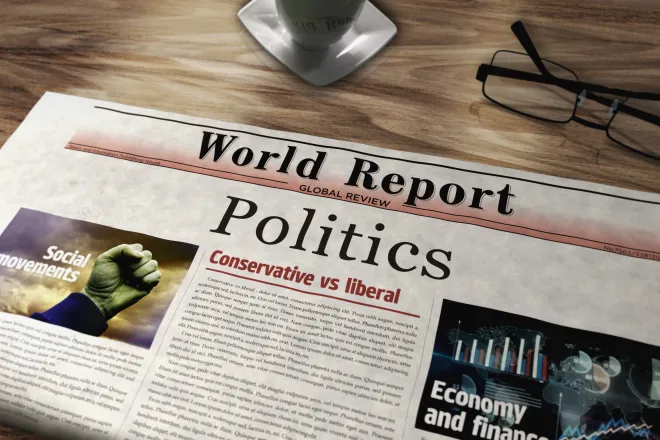
Progress on overdose deaths could be jeopardized by federal cuts, critics say
© JJ Gouin - iStock-1642293566
The Trump administration has made deep cuts to the main federal agency focused on fighting opioid addiction, potentially jeopardizing the nation’s recent progress on reducing overdose deaths, some public health officials and providers say.
Created in 1992, the Substance Abuse and Mental Health Services Administration, known as SAMHSA, hands out billions in grants for mental health and addiction services. The agency, which is part of the U.S. Department of Health and Human Services, had a budget of about $7.5 billion last year.
Since January, the Trump administration has reduced the agency’s staff by more than half, scrapped $1.7 billion in block grants for state health departments and eliminated roughly $350 million in addiction and overdose prevention funding, according to a recent analysis by STAT, a health news website. The agency is currently without an administrator and is missing 12 of its 17 senior leaders.
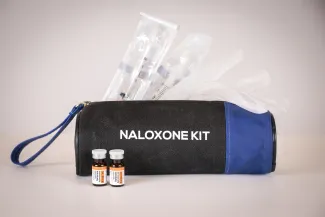
Dr. Yngvild Olsen, the former director of the Center for Substance Abuse Treatment at SAMHSA, said almost all of SAMHSA’s substance misuse funding flows to state and local health departments, nonprofits and behavioral health providers on the front lines of the fight against addiction. She noted that the agency has worked with state and local partners to make sure naloxone, the overdose-reversal medication, is “in the hands of every person who needs it.”
“I’m not sure that a very reduced SAMHSA is going to really be able to continue that focus,” said Olsen, now an adviser to the consulting firm Manatt.
But Andrew Nixon, communications director for the Health and Human Services Department, said the Trump administration is “committed to tackling addiction with compassion and accountability, ensuring taxpayer dollars fund programs that lead to real recovery.”
“SAMHSA is prioritizing treatment, prevention and long-term recovery while ensuring all federally funded programs comply with the law,” Nixon said in an email.
In March, the administration announced that as part of a major restructuring of the Department of Health and Human Services, it planned to fold SAMHSA and four other agencies into a new Administration for a Healthy America. HHS Secretary Robert F. Kennedy Jr., said the reorganization would reduce “bureaucratic sprawl.”
“We are realigning the organization with its core mission and our new priorities in reversing the chronic disease epidemic,” Kennedy said in a statement.
In July, a federal judge in Rhode Island issued a preliminary injunction temporarily blocking the planned reorganization.

The cuts come at a time of steady progress in the fight against opioid addiction.
Overdose deaths have fallen consistently since 2023. As of April, the latest figures available, there were 76,500 deaths over the previous 12 months — the lowest year-over-year tally since March 2020. The pandemic drove the number as high as nearly 113,000 in the summer of 2023, according to federal statistics.
A more timely indicator of overdoses — nonfatal suspected overdose patients in hospital emergency departments — was down 7 percent this year through August compared with 2024, according to a recent Stateline analysis of statistics from the federal Centers for Disease Control and Prevention.
Only a few states and the District of Columbia saw a rise in nonfatal overdoses for the year. The largest increases were 17 percent in the district, 16 percent in Rhode Island, 15 percent in Delaware, 11 percent in Connecticut and 10 percent in New Mexico, with smaller increases in Colorado, Pennsylvania, Wyoming, South Dakota, Utah, New Jersey and Minnesota.
Sara Goldsby, director of the South Carolina Department of Behavioral Health and Developmental Disabilities, said the SAMHSA cuts come at a time when her state is making “good progress, like other states are, to get a handle on the drug crisis.” But Goldsby cautioned that “constant surveillance of the trends” is essential.
In New York, the staff cuts at SAMHSA have created uncertainty, according to Jihoon Kim, president and CEO of the Albany-based InUnity Alliance, which advocates for mental health and substance use organizations across the state. Federal grants account for about half of his members’ funding, he said.
“As the Trump administration has been dismantling SAMHSA and other agencies, the points of contact for a lot of my members have just vanished,” Kim said in an interview.
“We have a lot of providers who have no information — they just do not know what’s happening with their contract renewals. They continue to deliver services, and at some point they will be delivering services without the resources to do so from the federal government.”
COVID-era grants
Some of the SAMHSA grants the administration terminated earlier this year were COVID-era expenditures scheduled to expire in September. Since the pandemic is over, HHS argued, there was no need for money to continue to flow.
Some state health officials Stateline contacted, including in California, Idaho, Maryland, Missouri and West Virginia, said the early cutoff hadn’t had much of an impact, either because they had already spent the money they were promised or resisted spending it on ongoing services.
But health officials and providers in other states told a different story.
Texas was counting on SAMHSA to provide about 77 percent of the agency’s annual budget for substance use programs, Thomas Vazquez, assistant press officer at the Texas Health and Human Services Commission, wrote in an email. The early cancellation of the COVID-era money deprived the state of more than $24.7 million it planned to use to combat substance misuse.
In South Carolina, Wendy Hughes, president and CEO of the Lexington/Richland Alcohol and Drug Abuse Council, said her organization didn’t have enough money before the pandemic. So the loss of the extra money, combined with inflation, “feels like a major cut.”
“The cuts had a very significant impact on my organization in particular, as well as the others throughout the state,” Hughes said. “What it meant was a fairly significant cut to a lot of our outpatient services. We also got a cut to our inpatient services, or detox. And for us, what that meant was we ended up eliminating some of our positions.”
Hughes said her organization secured some additional state funding to mitigate some of the losses and has tried to preserve what it views as the most essential services, such as drug treatment for pregnant women and new mothers.
Uncertain future
Some public health officials and providers of addiction services worry this year’s SAMHSA grant cuts are only the beginning.
The Biden administration strongly supported efforts to make drug use less dangerous, such as increasing the availability of naloxone kits and training on how to use them. But President Donald Trump in July signed an executive order stating that SAMHSA grants will no longer “fund programs that fail to achieve adequate outcomes, including so-called ‘harm reduction’ or ‘safe consumption’ efforts that only facilitate drug use and its attendant harm.”
States have now become very anxious and nervous about the use of any federal funds for any part of their harm reduction organization.
In addition to making naloxone more widely available, harm reduction measures include needle exchanges, overdose prevention sites, fentanyl tests and wound care. Olsen, the former director of the Center for Substance Abuse Treatment at SAMHSA, said Trump’s order has created widespread confusion.
“States have now become very anxious and nervous about the use of any federal funds for any part of their harm reduction organization, including staff that may have been involved in handing out naloxone,” Olsen said. “Because of the wording of some of the messages and some of the guidance from SAMHSA, it’s just very unclear as to what it is that they’re really allowed to do versus not allowed to do, with respect to harm reduction.”
Meanwhile, the Medicaid changes included in the One Big Beautiful Bill Act that Trump signed in July, including new work requirements and more than $900 billion in spending cuts over the next decade, will result in many people with substance use disorder losing their health care coverage and, potentially, their access to treatment.
The Medicaid changes in the law will decrease the number of people with health insurance by about 7.5 million people by 2034, according to the Congressional Budget Office. Medicaid, which is funded jointly by the federal government and the states, pays for a significant portion of mental health and substance use care in the United States.
“States were already struggling to meet the demand for treatment,” said Hanna Sharif-Kazemi, a policy manager at the nonprofit Drug Policy Alliance, which advocates for health care instead of punishment for drug users.
“While the Trump administration says that they are trying to do these federal funding cuts as a way to get rid of duplicate funding streams, what they’re actually doing is removing … tools in our tool belt. And this is not the time for us to be getting rid of tools. We actually needed more tools and more funding in our tool belt to begin with. So it is really disappointing.”

